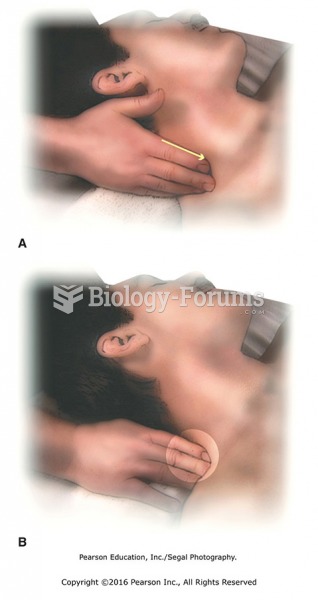This topic contains a solution. Click here to go to the answer
|
|
|
Did you know?
There are more sensory neurons in the tongue than in any other part of the body.
Did you know?
Autoimmune diseases occur when the immune system destroys its own healthy tissues. When this occurs, white blood cells cannot distinguish between pathogens and normal cells.
Did you know?
The average adult has about 21 square feet of skin.
Did you know?
It is difficult to obtain enough calcium without consuming milk or other dairy foods.
Did you know?
Automated pill dispensing systems have alarms to alert patients when the correct dosing time has arrived. Most systems work with many varieties of medications, so patients who are taking a variety of drugs can still be in control of their dose regimen.
 Western basin edges are dominated by warm poleward-directed currents (for example, Gulf Stream), ...
Western basin edges are dominated by warm poleward-directed currents (for example, Gulf Stream), ...
 (A) Slide with fingertips along the path of the Gallbladder meridian (scalene muscles) to GB-21. (B) ...
(A) Slide with fingertips along the path of the Gallbladder meridian (scalene muscles) to GB-21. (B) ...





